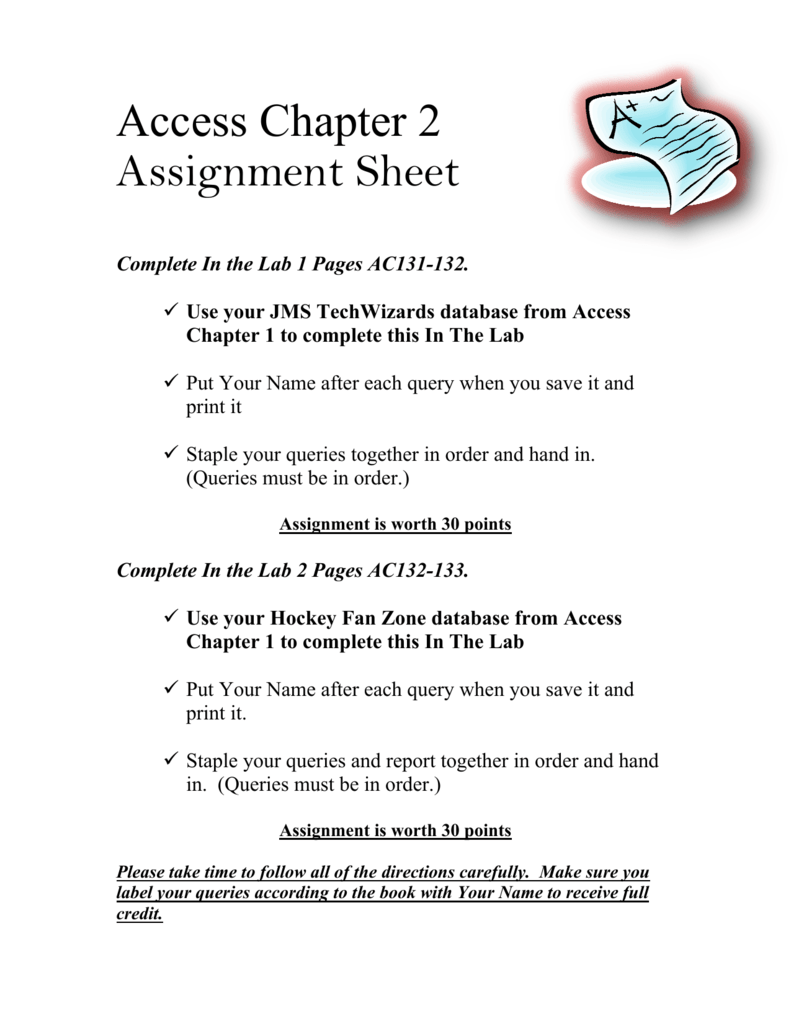Have you ever looked at a sheet of music and felt completely lost? The symbols might seem like hieroglyphics, but fear not! This assignment aims to demystify these musical glyphs, helping you understand their meaning and how they contribute to the creation of music.

Image: www.youtube.com
Drawing musical symbols is more than just a simple exercise. It’s about understanding the fundamental language of music, learning to read and write the code that musicians use to communicate and express themselves. By becoming familiar with these symbols, you’ll be able to decode the secrets hidden in a score and better grasp the beauty of musical expression.
The Building Blocks of Musical Notation
Music notation is based on a system of symbols that represent pitches, rhythms, and other musical elements. These symbols are not just visually appealing, they hold specific meanings that translate directly into sound.
1. The Staff: The Canvas for Music
The staff, or stave, is the foundational element of musical notation. It consists of five horizontal lines and four spaces, representing a range of pitches. Each line and space corresponds to a specific note, with higher pitches located on the upper lines and spaces, and lower pitches on the lower lines and spaces.
2. The Clef: Setting the Pitch
Treble clef and bass clef are the most common clefs used in musical notation. The treble clef, often called the “G clef,” is used for higher-pitched instruments and vocal parts, while the bass clef, also known as the “F clef,” is used for lower-pitched instruments.

Image: studylib.net
3. Notes: Representing Pitch and Duration
Notes are the most essential musical symbol. They are oval-shaped and placed on the staff to represent specific pitches.
The duration of a note is determined by its shape and how it is filled in. A whole note is filled in completely, and a half note is half-filled. A quarter note has no fill, an eighth note has a flag, and a sixteenth note has two flags, and so on. Shorter notes receive more flags and have a faster duration.
4. The Time Signature: Setting the Rhythm
The time signature, found at the beginning of a piece of music, establishes the rhythmic framework. It consists of two numbers, the top indicating the number of beats per measure, and the bottom indicating the type of note that receives one beat.
5. Rests: Silence in Music
Rests are silent intervals in a musical phrase. They are as important as notes, since they create rhythm and contrast. Rests are represented by a variety of symbols, their shape and size corresponding to the duration of the pause. Similar to note durations, rests are also differentiated by number of flags.
6. Key Signatures: Defining the Scale
Key signatures are symbols that appear at the beginning of a piece of music to indicate the specific sharps or flats that are raised or lowered in a given scale. These sharps and flats define the mode and tonality of the music — whether it’s major, minor, or another mode.
7. Dynamics: Controlling Loudness
Musical dynamics are represented by a set of symbols that indicate the loudness or softness of a piece of music. Italian words are commonly used such as piano (soft), forte (loud), crescendo (gradually getting louder), and diminuendo (gradually getting softer). These symbols provide clues about the emotional expression and style of the music.
The Art of Drawing Musical Symbols: A Practical Exercise
The assignment to draw musical symbols may seem simple, but it requires precision and attention to detail.
Tips for Drawing Musical Symbols
- Use a pencil for initial sketches. Pencil lines can easily be erased, allowing for corrections and adjustments.
- Practice drawing each symbol individually. Master the shapes of notes, rests, clefs, and other symbols before moving on to more complex arrangements.
- Use a ruler to ensure straight lines and consistent spacing. Accuracy is crucial in musical notation, so a ruler can help maintain neatness and clarity.
- Pay attention to detail. The shape of a note’s stem, the angle of a flag, and the placement of dots can all affect the interpretation of the music.
Musicianship Beyond the Page
The ability to understand and draw musical symbols is a foundational skill for any musician. While drawing on a sheet of paper is an important exercise, it’s essential to remember that music comes alive through performance.
The Role of Interpretation
Beyond simply reading and drawing symbols, there is a whole realm of musical expression and interpretation. Musicians interpret the composer’s intentions through their personal style, phrasing, timing, and dynamics. This individuality imbues music with emotion and a unique voice.
Exploring Music Through Performance
Whether playing an instrument, singing, or listening to a performance, musical symbols become a bridge between composer and audience. They spark imagination, inspire emotion, and create a shared experience of beauty and meaning.
Chapter 1 Assignment 1.4 – Drawing Musical Symbols
Conclusion
Drawing musical symbols is more than just a classroom assignment; it’s a gateway to unlocking the language of music. By mastering these symbols, you gain a deeper understanding of how music works, from its fundamental building blocks to the nuances of performance. So, pick up your pencil, explore the world of musical notation, and discover the rich tapestry of sounds waiting to be explored.





